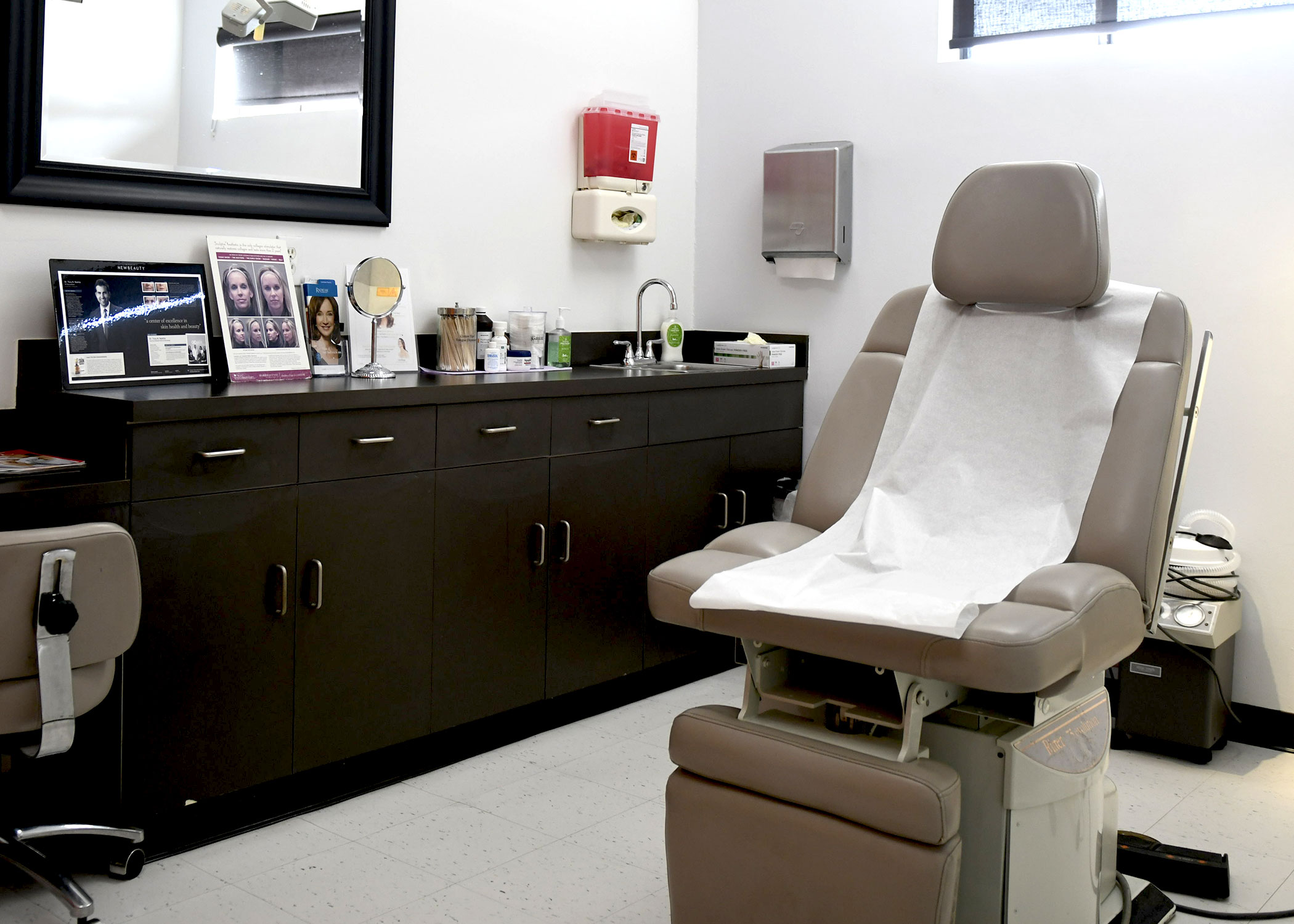Varicose veins consist of enlarged, tortuous veins that typically occur in the lower extremities. Spider veins are minor versions of varicose veins, are smaller and develop closer to the skin's surface. Varicose and spider veins are often a cosmetic skin concern; however, they can be a warning sign of a more serious circulatory problem.
Symptoms of Varicose Veins
Varicosities typically appear as dark blue or purple veins. They are often bulging and gnarled and may feel firm and cord-like. A person with varicose veins may complain that their legs feel heavy or that they ache, throb, or burn. The discomfort is usually worse after sitting or standing for a prolonged time. The area around the affected vein may itch or become discolored. Signs of serious complications requiring immediate medical attention include the formation of skin ulcers around the ankles, sudden swelling in the affected leg indicating a possible blood clot, and bleeding from the affected vein.
Causes and Risk Factors
The veins work against gravity to return blood to the heart so that it can be recirculated. This is achieved through muscle contractions and tiny valves in the veins that keep the blood moving in the correct direction. These valves can develop weakness and allow blood to flow backward. The blood then pools in the vein so that it becomes enlarged and varicose. The risk of developing varicosities increases with age since the veins naturally become less elastic. Women, individuals with a family history of varicose veins, people who are obese, and those who stand or sit for extended periods of time are more susceptible to this condition. Many women also develop varicose veins during the latter stages of pregnancy. The increased blood volume during pregnancy and the weight of the uterus on the pelvis increase the pressure on the veins in the legs and can cause them to enlarge. Pregnancy-related varicose veins typically resolve without treatment within three to 12 months following delivery.
Treatment for Varicose Veins
The most common treatment for varicose veins is sclerotherapy. This out-patient procedure involves injecting the affected vein with a solution that causes it to scar and close. The treated vein should fade within a few weeks. Some varicose veins may require more than one treatment.


